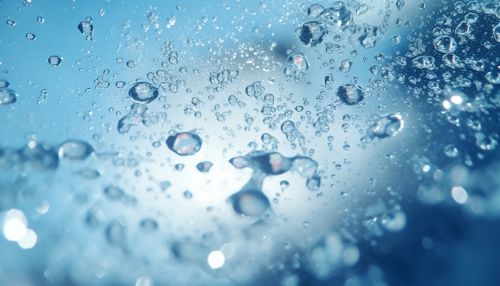Marine snow
Introduction
Marine snow is a term used to describe the particles of organic material that fall from the upper layers of the ocean to the deeper parts. This phenomenon plays a crucial role in the oceanic carbon cycle, as it transports carbon from the surface to the deep sea, where it can be sequestered for hundreds to thousands of years.
Formation
Marine snow originates from a variety of sources, including dead phytoplankton, zooplankton fecal pellets, and aggregates of smaller particles. These particles stick together through a process known as flocculation, forming larger aggregates that can sink more rapidly. The rate at which these particles sink depends on their size and density, with larger and denser particles sinking faster.


Role in the Carbon Cycle
Marine snow plays a vital role in the oceanic carbon cycle. The surface layers of the ocean are rich in carbon dioxide, which is absorbed from the atmosphere and converted into organic matter by phytoplankton through photosynthesis. When these phytoplankton die or are eaten by zooplankton, the carbon they contain can be incorporated into marine snow and transported to the deep sea. This process, known as the biological pump, is one of the primary ways that carbon is removed from the atmosphere and sequestered in the deep ocean.
Impact on Marine Ecosystems
Marine snow also has a significant impact on marine ecosystems. It serves as a primary source of food for many deep-sea organisms, which rely on the organic matter it contains for their survival. In addition, the sinking of marine snow can transport nutrients from the surface to the deep sea, helping to support the growth of organisms in these nutrient-poor environments.
Study and Measurement
The study of marine snow is challenging due to its small size and the difficulty of sampling it without disturbing its structure. However, several techniques have been developed to measure its concentration and sinking rate, including sediment traps and underwater imaging systems. These techniques have provided valuable insights into the role of marine snow in the oceanic carbon cycle and its impact on marine ecosystems.
